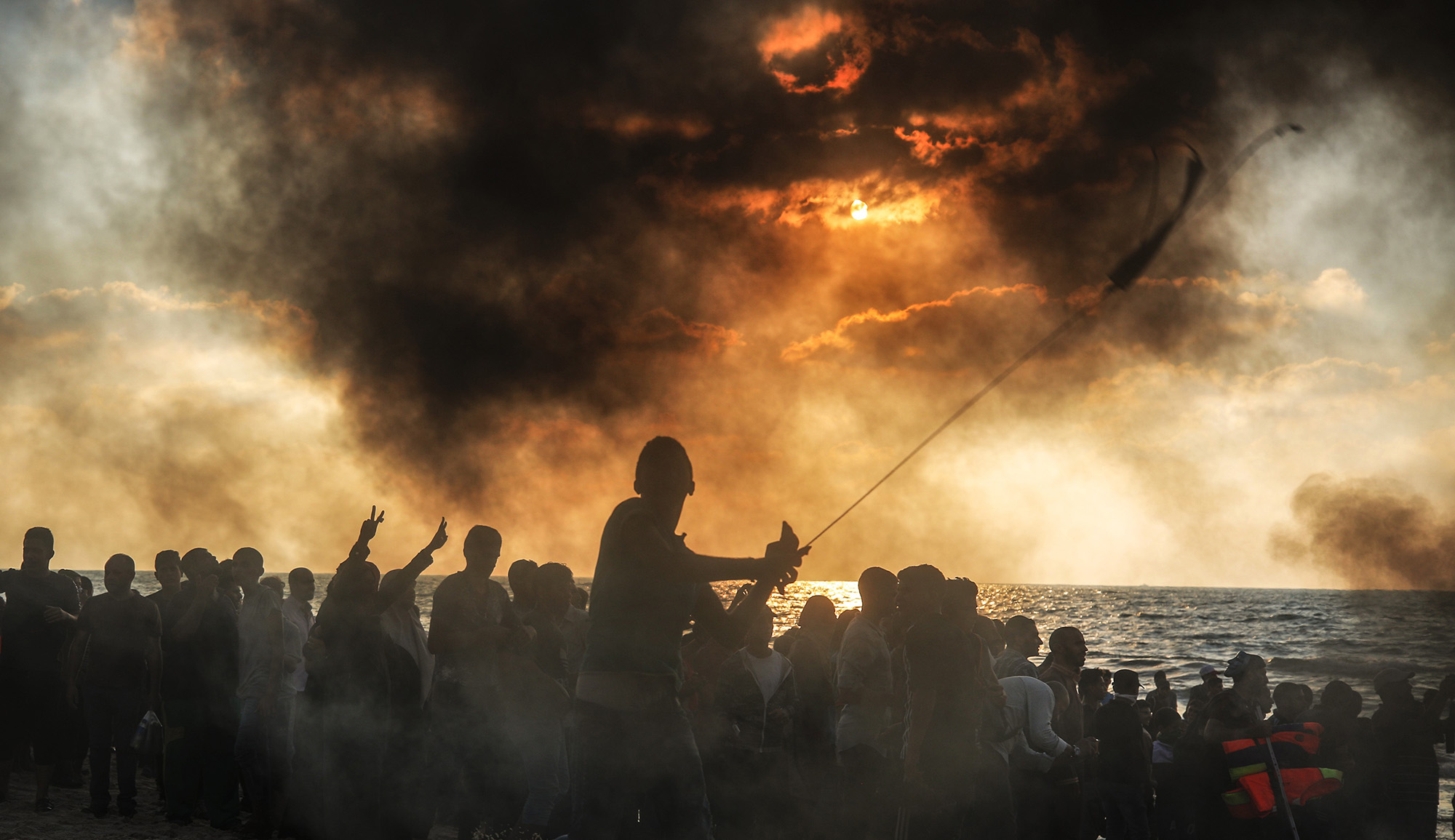Approximately 87 percent of Greece’s Jews perished in the Holocaust, notes Elias Messinas. Ancient synagogues, cemeteries, and other community buildings were demolished or repurposed. In recent years, though, there have been efforts both to study and to re-establish the Hellenic Jewish communities that have their origins in antiquity.
Something is changing in Greece. The Jewish heritage sites once abandoned or demolished or serving other uses, are now slated for reconstruction and reuse as synagogues, nearly 80 years after the Holocaust.
Jewish communities—the Greek-speaking Romaniotes—were established in Greece in antiquity, in cities such as Ioannina and Halkis. Sephardi communities were established after 1492 [by refugees from Spain] in important Jewish centers such as Salonika (Thessaloniki) and throughout Greece—from Corfu to Rhodes and from Didimoticho to Crete.
In the mid-1940s, Kanaris Konstantinis, employee of the Hellenic Post, [the Greek postal service], and a representative of the newly established Central Board of Jewish Communities, traveled throughout Greece and documented in detail the state of the Jewish communities in the early years of reconstruction after the Holocaust. In the 1980s, Nicholas Stavroulakis the former director of the Jewish Museum of Greece, along with the photographer Timothy deVinney, undertook the first survey of Jewish sites in Greece, and documented through photography the synagogues and Jewish sites, a few since lost.
More about: Greece, Holocaust, Romaniote Jewry, Sephardim, Thessaloniki


